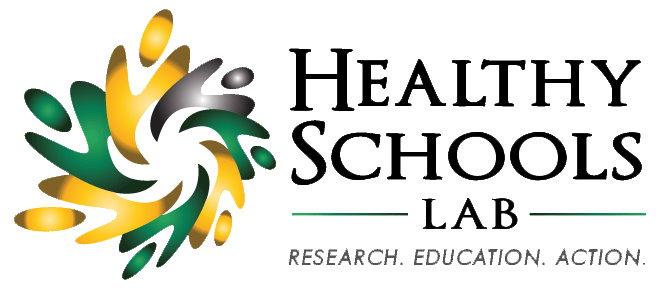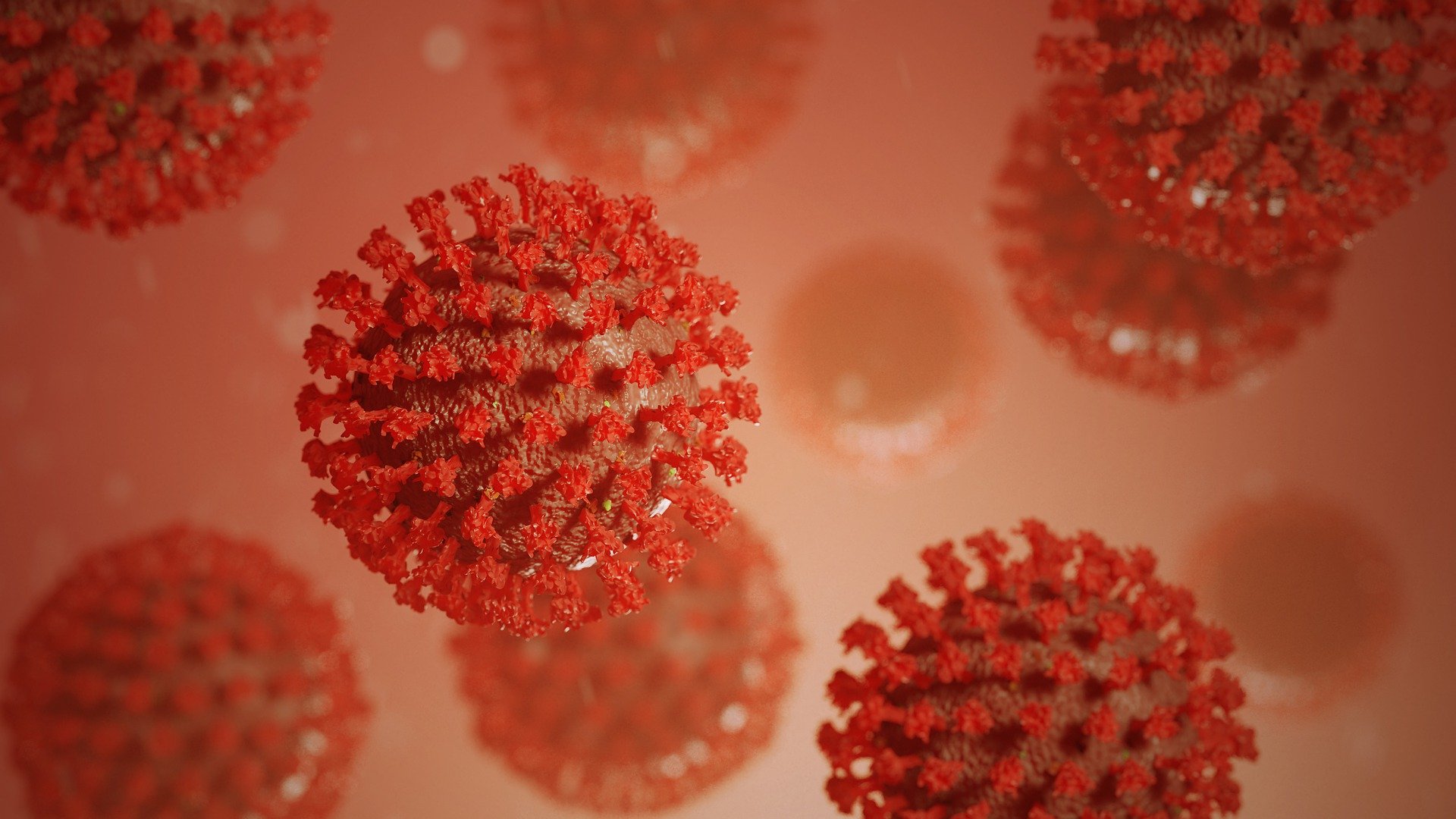Note: although this post is from an Alberta-based perspective, we are confident it can be applied to other jurisdictions…
On Sunday, March 15th, the Minister of Alberta Education closed schools indefinitely. March 20th, the government released: Student learning during COVID-19: Guidelines for continuing K to 12 student learning while in-school classes are cancelled due to COVID-19. Essentially, the guidelines state:
- All Alberta K-12 schools will focus on ‘at-home’ student learning opportunities for the indeterminable future.
- Education content will focus on:
- language/literacy & mathematics/numeracy (Grades K-3).
- language/literacy, mathematics/numeracy with an opportunity to incorporate science and social studies cross-curricularly (Grades 4-6).
- mathematics, language/literacy, science and social studies curriculum outcomes (Grades 7-9).
- language (English, French and French language arts), social studies, mathematics, biology, chemistry and physics (Grades 10-12).
As you are an insightful reader, you have no doubt noticed the glaring omission of health and physical education in these guidelines… (and also art, music, etc.) We are also hearing from teachers across the province that they are NOT being allowed to provide at home learning experiences in health and physical education and are limited to supporting other teachers to deliver other subject areas or being assigned classes in literacy and numeracy.
At the same time, public officials and others (who are doing a great job under tough conditions!) are making statements like this (which we like!):
- “During the COVID -19 outbreak in Alberta, it’s important to take time off to care for your mental health” – Dr. Deena Hinshaw
- Dr. Peter Silverstone, a professor of psychiatry at the University of Alberta, recommended personal exercise as a strategy to support children’s mental health during the coronavirus pandemic – “People underestimate how important (exercise) can be to manage anxiety.”
- The CDC has made the following recommendation (among others): “Take care of your body. Take deep breaths, stretch, or meditate. Try to eat healthy, well-balanced meals, exercise regularly, get plenty of sleep, and avoid alcohol and drugs. Make time to unwind. Try to do some other activities you enjoy.”
Obviously, there is a large disconnection between what we believe about education in a pandemic and what we are actually doing about it. Given the value of health and physical education at ANY time (and particularly THIS time), we wanted to share some things we know.
WE KNOW that Alberta health and physical education teachers WANT to provide ‘at-home’ student learning opportunities.
- They have the knowledge, skills and attitudes to contribute and make a difference in the health and wellbeing of students (parents, families, etc.) during this time of crisis.
- Allowing them to do so indicates value and respect for their commitment, expertise and subject area.
- As well, allowing these teachers to deliver health and physical education is an important step to meet the guidelines for staying healthy, as shared by the leaders quoted above and others.
- We encourage school leadership to find a way for our excellent health and physical education teachers to continue to support the development of healthy, active lifestyles with their students in health and physical education delivered at home.
WE KNOW that school is an important place to learn about WHY and HOW to be healthy and active.
- Many school authorities, in their mission and/ or goal statements, include a focus on student health.
- For example, Edmonton Public Schools states:
- A Focus on Well-being and Student Citizenship: Our learning and working environments are welcoming, inclusive, safe and healthy.
- Supports for the Whole Child: Community partnerships are established to provide supports and services to foster growth, well-being and success of students and families.
- For example, Edmonton Public Schools states:
- Therefore, a time of crisis is EXACTLY when we need to prioritize these types of goals (whole child, wellbeing, citizenship, etc.).
- We encourage school administrators to demonstrate leadership and model whole child education (i.e. supporting more than academics) during the pandemic.
WE KNOW that school is about more than ‘reading, writing and arithmetic’ – now more than ever.
- “Health Literacy refers, broadly, to the ability of individuals to gain access to, understand and use information in ways which promote and maintain good health for themselves, their families, and their communities.” (World Health Organization, 2016)
- Providing students with health literacy related skills, such as the ability to read and understand health information, access valid sources and implement information in health enhancing ways allows COVID-19 to become a valuable learning experience.
- “Physical literacy can be described as the motivation, confidence, physical competence, knowledge and understanding to value and take responsibility for engagement in physical activities for life.” (IPLA, 2017)
- Life, unfortunately, includes things like COVID-19. Kids who are supported on a journey of physical literacy learn to value, take responsibility for and take care of their need to move.
- We encourage schools and districts to recognize and support physical and health literacy for Alberta students.
WE KNOW that the content in our health and physical education programs is CRITICAL to helping students (parents, Albertans, etc.) deal with the stress of COVID-19.
- In Canada, an estimated 14%-25% of children and youth suffer from significant mental health issues (School-Based Mental Health in Canada: A Final Report).
- Health education is the only subject that includes outcomes targeted at positive mental health; teaching students about stigma, strategies to support positive mental health and resources and supports to cope with mental health issues.
- Physical education is the only subject that provides students with opportunities to be physically active which is a critical component of holistic health – physical activity is a valuable approach to supporting the mental health of young people (Halliday, Kern & Turnbull, 2019).
- Health and Physical Education differ from other subjects as the curriculum encourages opportunities to develop social and emotional skills such as communication, leadership, cooperation, self-awareness, and self-management – “Arguably, physical education class is one of the best contexts to develop social and emotional competencies” (Ciotto & Magnon, 2018).
- Education can not be considered “whole-child” unless it includes education of the physical. “…physical education is important because movement is joyful, pleasurable, provides intrinsic satisfaction, and can be personally meaningful and central to the human experience” (Blankenship & Ayers, 2010)
- We encourage school administrators to recognize and access the valuable support that health and physical education curricular content can provide to a province struggling to cope with a pandemic.
Thanks for reading.
Wash your hands
Practice physical distancing and social connecting from a distance.
Teach Health and Physical Education.
Stay well.
THAT IS ALL.
Doug Gleddie and Lauren Sulz
The Healthy Schools Lab
Faculty of Education, University of Alberta


